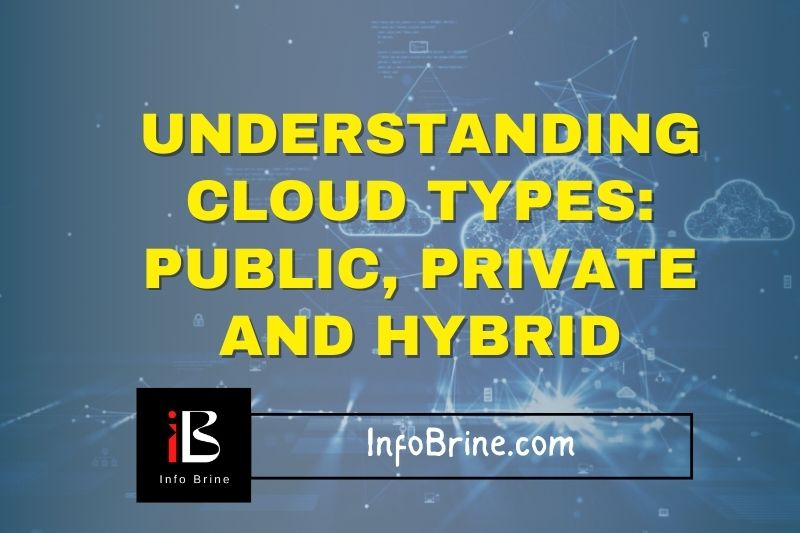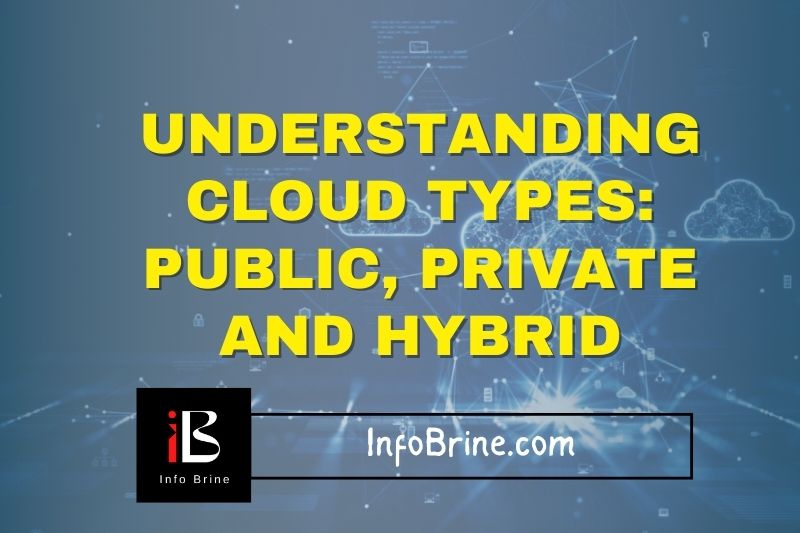Understanding the Cloud: Public, Private & Hybrid
In the digital age, cloud computing has become a ubiquitous part of our lives. But what exactly are public, private, and hybrid clouds, and how do they differ? In this article, we’ll dive into cloud computing and explore these three popular cloud models’ unique features and use cases.
Public Cloud: Accessible and Flexible
The public cloud is like the shared playground of cloud computing. It offers services and resources to the general public. These cloud solutions are managed by third-party providers, making them accessible, scalable, and cost-effective for businesses of all sizes. However, there might be a better fit for some.
Pros of Public Cloud
- Cost-efficient due to shared resources
- Scalable, allowing easy expansion
- Minimal maintenance for users
Cons of Public Cloud
- Security concerns due to shared infrastructure
- Limited control over data and resources
Public clouds are ideal for startups, small businesses, or projects where cost-effectiveness and rapid scalability are crucial.
Private Cloud: Secure and Controlled
In contrast, the private cloud is your exclusive, invitation-only party. It’s a cloud environment dedicated solely to your organization. This approach offers enhanced control, security, and customization but is more expensive.
Pros of Private Cloud
- Enhanced security and compliance options
- Complete control over data and resources
- Customizable to specific business needs
Cons of Private Cloud
- Higher initial investment
- Maintenance and management responsibilities
Private clouds suit large enterprises, government organizations, and industries with strict data security and compliance requirements.
Hybrid Cloud: The Best of Both Worlds
A hybrid cloud brings the best of both public and private clouds together. It’s a flexible approach that allows data and applications to move seamlessly between the two environments, offering a balance between cost efficiency and control.
Pros of Hybrid Cloud
- Flexibility to choose the right environment for each workload
- Scalability and cost savings
- Enhanced disaster recovery and redundancy
Cons of Hybrid Cloud
- Complex to set up and manage
- Potential data integration challenges
Hybrid clouds are favored by businesses that require a mix of public and private cloud benefits, especially those with variable workloads.
Key Differences: Infobrine’s Insight
Now that we’ve explored each cloud model let’s highlight the key differences that set them apart:
-
Scalability: Public clouds are highly scalable, while private clouds offer scalability with complete control. Hybrid clouds provide a mix of both.
-
Security and Control: Private clouds offer the highest level of security and control, followed by hybrid clouds, which strike a balance. Public clouds might raise security concerns.
-
Cost Implications: Public clouds are budget-friendly, private clouds can be costly, and hybrid clouds offer cost-efficient flexibility.
In conclusion, choosing the right cloud solution depends on your needs and priorities. Public, private, and hybrid clouds each have advantages and disadvantages, so assessing your business requirements and goals is crucial.
Infobrine’s Take on Cloud Solutions
At Infobrine, we understand the intricacies of cloud computing. Our experts can help you navigate the cloud landscape and select the best solution for your business needs. Contact us today to embark on your cloud journey with confidence.
In the fast-paced digital world, knowing the differences between public, private, and hybrid clouds is essential for making informed decisions about your IT infrastructure. Choose wisely, and let your business thrive in the cloud era.

